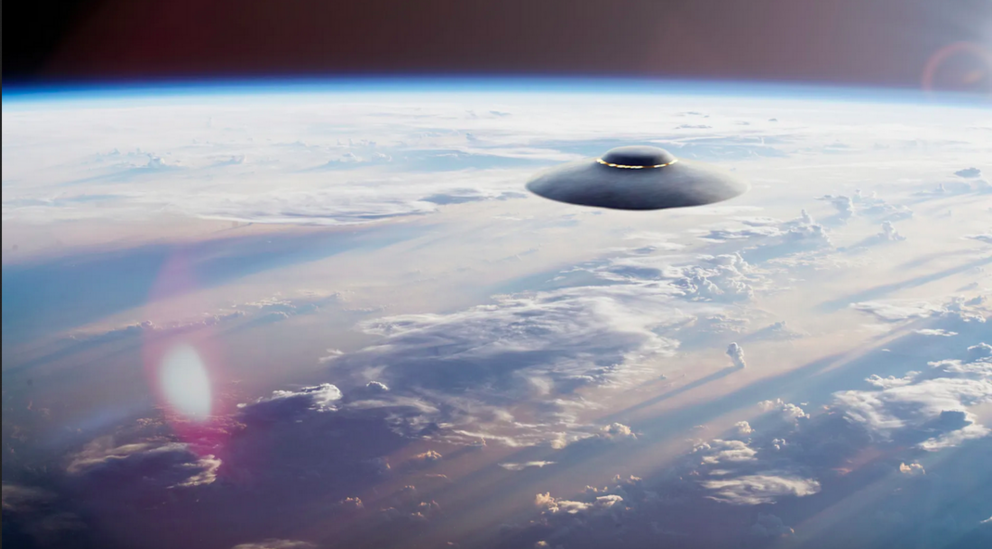The Pentagon’s UFO office reveals new ‘Gremlin’ surveillance system
The Pentagon’s new Gremlin System will collect data around US national security sites.
The Pentagon’s All-domain Anomaly Resolution Office (AARO), its UFO investigation office, is developing new surveillance capabilities to monitor the sky.
AARO was founded in 2002 to study unidentified anomalous phenomena (UAP) – a term arguably used to discuss potential extraterrestrial spacecraft without invoking conspiracy theories and comparisons to popular culture.
Speaking to a select few journalists during a press briefing on Thursday, March 7, Tim Phillips, the acting head of AARO, said the office is collaborating with government laboratories and university researchers on a portable sensor kit called the “Gremlin System”.
Surveilling the skies for UAPs
The Gremlin System has already made observations, though the Pentagon aims to expand its capabilities. According to Phillips, it has detected space phenomena while making mundane observations.
“It’s picking up a lot of bats and birds. We’re learning a lot about solar flaring,” Phillips said during the briefing, a report from DefenseScoop reveals.
The fact the Gremlin system has picked up birds and other animals is in keeping with recent findings by AARO. Last week, the UAP investigation office released a 63-page report explaining that it had found no empirical evidence of UFOs.
“Most sightings were ordinary objects and phenomena and the result of misidentification,” the report explained.
The Gremlin System will be capable of capturing data across multiple spectra. While it hasn’t detected any UAPs that can be classified as extraterrestrial spacecraft so far, the system will help identify objects often misidentified as UAPs.
“We’re really starting to understand what’s in orbit around our planet and how we can eliminate those as anomalous objects,” Phillips said during the press briefing.
The Gremlin System and the Galileo Project
The Gremlin System was designed, in part, to keep US airspace safe, Phillips told the reporters.
“If we have a national security site and there are objects being reported that trend within restricted airspace, or within a maritime range, or in the proximity of one of our spaceships, we need to understand what that is. And so that’s why we’re developing a sensor capability that we can deploy in reaction to reports,” he said.
Due to its portable nature, it could be quickly deployed in the event of “UAP encounters at militarily significant locations or near US critical infrastructure,” he added.
The Gremlin System isn’t the first UAP surveillance system deployed in the US. Harvard professor Avi Loeb founded the Galileo Project in 2021, which is developing a network of telescopes and cameras to keep an eye on the sky at all times.
Much like OORA’s findings, the first Galileo Project observatory hasn’t found anything substantial. In an interview with IE last year, Loeb explained that it had captured “some interesting objects”, though those were “later identified as a drone or a bird”, şnstead of UFO’s.

